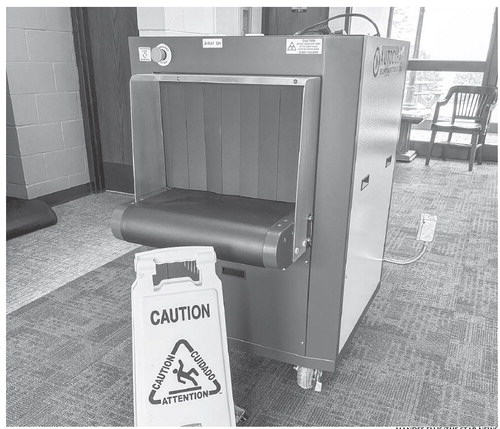Wildfire smoke triggers health concerns in area
For the second year in a row, the Wisconsin DNR issued an air quality advisory due to Canadian wildfires. The advisory from May 13 states that the air quality is “unhealthy for sensitive groups” including children, the elderly, pregnant women, and people who have heart or respiratory conditions. Those not in these populations are less likely to experience complications.
The Wisconsin DNR cautions that inhaling wildfire smoke can cause “mild eye and throat irritation to more severe heart and lung concerns.” To avoid inhaling smoke when air quality is poor, people can stay indoors, close the windows, and run the A/C. Avoiding strenuous activity outdoors will also limit exposure.
Air Quality Index, or AQI, is used to evaluate air quality. On this index, lower numbers mean better air quality. Good air quality is represented by numbers from 0 to 50. An advisory of “unhealthy for sensitive groups” means that the quality is between 101 to 150.
Air quality is affected by several pollutants. Wildfires particularly increase the number of particles in the air. This type of pollution is referred to as PM2.5. The PM stands for particulate matter, and 2.5 means that the particles are less than 2.5 micrometers. For reference, the EPA states that a hair is 30 times wider than a particle under 2.5 micrometers. These particles can be inhaled deep into the lungs because of their small size and may enter the bloodstream.
Owner and Chief Meteorologist of Great Lakes Weather Service, Tony Schumacher, explained that as smoke rises in Northwestern Canada, it gets blown by winds high up in the atmosphere with speeds of 100-150 mph. These winds carry smoke hundreds of miles from Northwestern Canada to areas in the U.S. Schumacher also noted that fire activity has trended upward over the past 40 years, with last year recording the highest number of air quality advisories. While there are variations year to year, wildfires are increasing in prevalence because rising global temperatures cause precipitation patterns to be more extreme. Just as floods become more severe, periods of dryness do as well. In sparsely populated areas where fire management is difficult, such as Northwestern Canada, prolonged dry periods set the stage for volatile fire activity.





